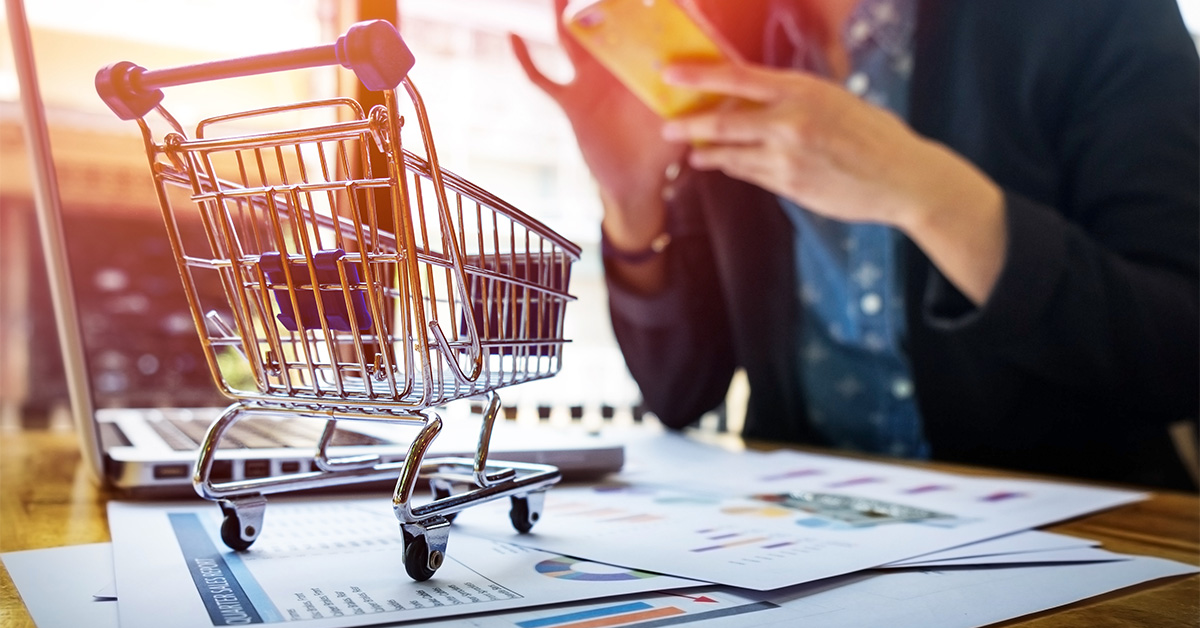Even though pandemic-related restrictions are hurting a lot of businesses, many react by rapidly shifting to e-commerce practices and start serving their customers’ needs without risking their health.
Despite the global recession, the pandemic has led to a further acceleration of digital transformation. While global GDP dropped by 4,3% in 2020, the share of e-commerce in global retail has jumped from 14% in 2019 to 17% in 2020, states the latest UN report on e-commerce. The success of e-commerce was shared by companies that participated in this market indirectly. An example of such companies is Venipak, an international parcel delivery service, operating from Lithuania.
“The pandemic has accelerated digital transformation in all possible fields of life and business. Parcel delivery service fills the gap between the digital economy and a customer, so it caught the wave of unprecedented and unpredicted growth,” says Justas Sablinskas, CEO of Venipak.
Strong growth of e-commerce after sharp decline
A positive shift in e-commerce was observed only after a rapid, but short initial drop of retail at the end of March 2020 due to uncertainty of that period and reduction in income. But swift recovery followed this period and e-commerce companies sharply increased their trading volumes. This increase in domestic e-commerce increased demand for parcel delivery services. For example, in 2020, Lithuanian company Venipak increased parcel delivery volume by almost 27% in the Baltic states, compared to 2019.
“While B2B parcel delivery shrank in 2020, it was more than compensated by increased demand for B2C parcel deliveries,” says Sablinskas. “Due to increased demand for services, we also increased our fleet of couriers by 25%.”
Shift to e-commerce is likely long-lasting
Changes in consumer behavior may be long-lasting, says the report of Bank for International Settlements. Due to the closures of physical stores, consumers have started questioning their old shopping habits. Global Web Index (2020) shows that consumers expect both at-home delivery and “buy online, pick up in store” trade models to rise.
Shift to e-commerce has become a lifeline for many brick-and-mortar stores, especially in countries that implemented strict lockdown rules to control epidemiologic situations. Survey conducted by Ecommerce Europe also shows that respondents are confident e-commerce will grow in 2021 due to increased public trust and changes in consumer behaviour, rather than just as a temporary result of the pandemic.
“New e-commerce customers found that by shopping online and receiving their orders at home or in parcel lockers, they ensure their safety and save time and money with little or no trade-offs. Even when our concerns about infectious diseases will be less acute, factors of saved time and money will remain essential and drive further growth of e-commerce” says Sablinskas.
Contactless modes of parcel delivery as a solution to multiple problems
Safety guidelines related to COVID-19 have slowed down logistics and postal services, but many states considered delivery services as critical sectors and key enablers of e-commerce, says OECD report on e-commerce. Delivery services in many countries introduced multiple solutions, reducing human interactions, including contactless parcel lockers or replacing signatures with alternative proofs of delivery.
“Delivery of goods to parcel lockers that are closer to customers’ homes has proven to be very successful even before 2020. Parcel lockers not only provide safety during the pandemic, but also offer logistics companies the ability to deliver orders in bulk, which reduces the price of delivery for the client. This success and expectations that e-commerce will keep on growing encouraged us to plan the expansion of our parcel delivery network to a total of 2000 contactless terminals and pick-up points, one of the largest networks in the Baltic states,” says Sablinskas.
Scientific research has shown that such parcel lockers create value for the customer and reduce the problem of traffic congestion and negative impact on the environment.




